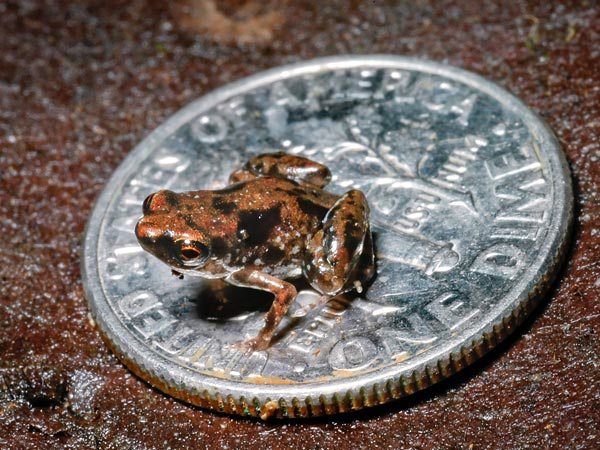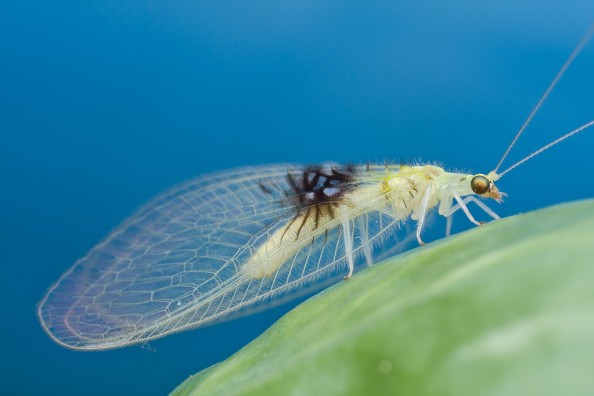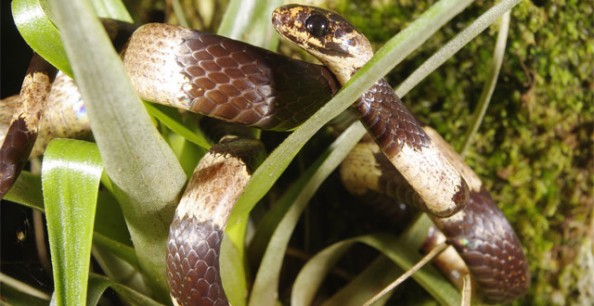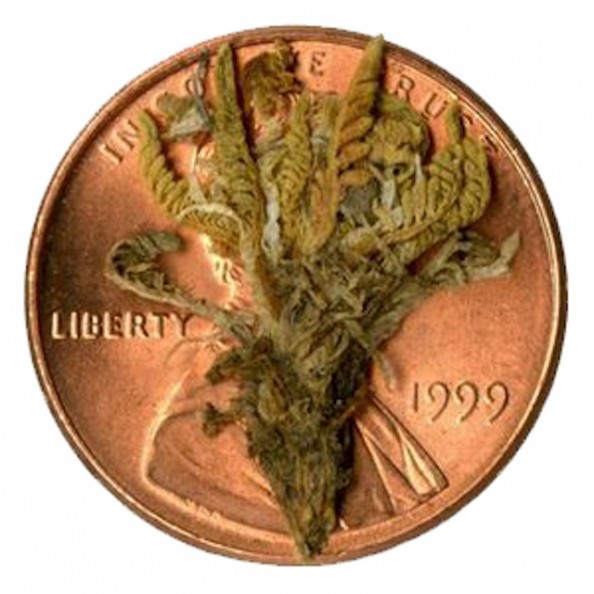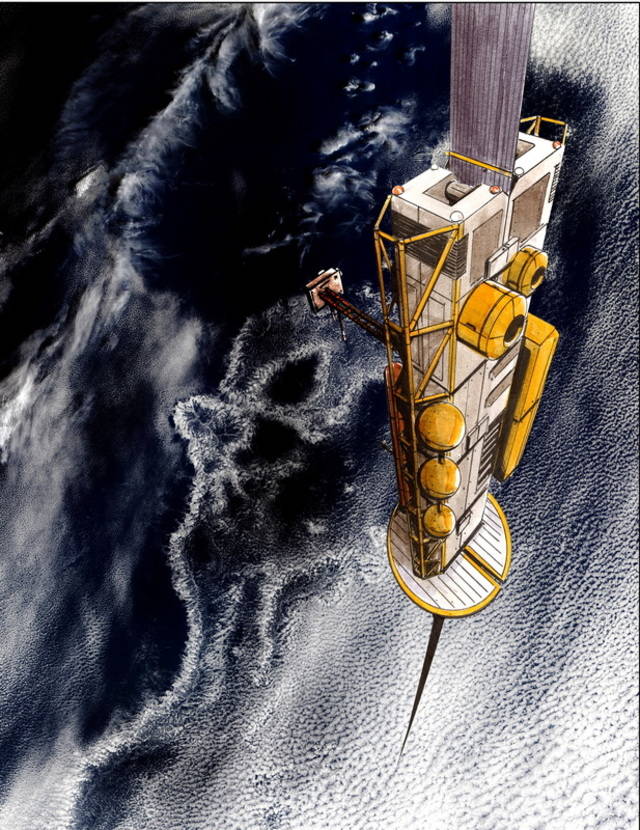New animals and plants are still being discovered, as the last untouched places on this planet continuously get explored. A special looking monkey, a mimicking snake and a cockroach that looks like it belongs on Star Wars was the best of what was found over the last year.
The International Institute for Species Exploration at Arizona State University selected these as the top 10 new species discovered in 2012, publishing its decision last week.
Lesula
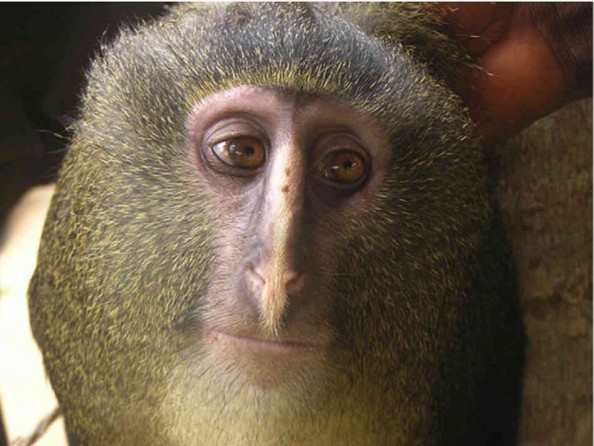
A species of Old World monkey in the guenon family, found in the Lomami Basin of the Congo. It was unknown to the international scientific community until it was discovered in 2007 and confirmed in a 2012 publication, and is only the second new species of African monkey to be discovered since 1984. Its distinctiveness is its resemblance to a poisonous snake and its presence in an area of anthropogenic exploitation.
Harp Sponge
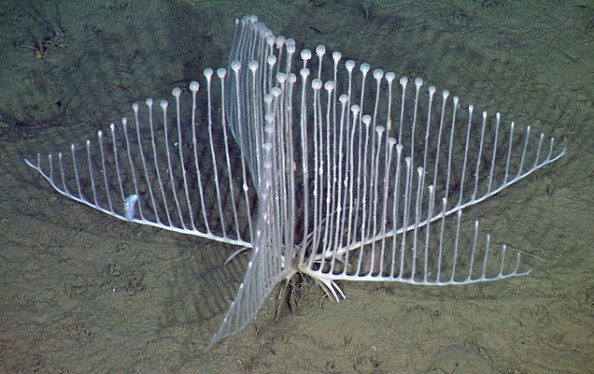
A species of carnivorous deep-sea sponge first discovered off the Californian coast living at depths of 10,800–11,500 feet. It may have anywhere from two to four arms, called vanes. The vanes’ vertical branches maximize the sponge’s surface area, the better to capture the plankton it eats.
Eugenia petrikensis
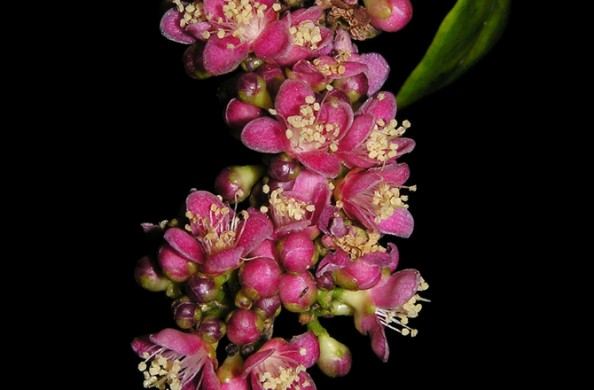
A large shrub with magenta-colored flowers and was discovered from Toliara Province at the eastern shoreline of Madagascar. If the Madagascar shoreline forest keeps shrinking as it has been for last few years, this incredible plant will soon become extinct.
Juracimbrophlebia

An extinct genus of hangingflies that lived during the Middle Jurassic Period about 165 million years ago; it was discovered from Daohugou in northeaster nChina’s Inner Mongolia. Fossils of the insect have been found with fossils of the tree’s leaves. This adaptive mimicry evolved even before the spread of flowering plants on Earth.
Lucihormetica luckae
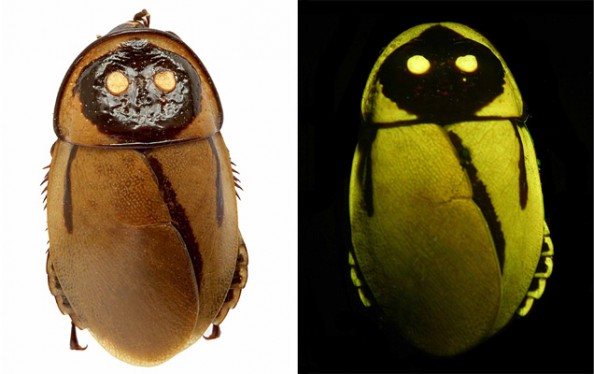
The giant cockroach that looks like a Star Wars specie, the Jawas. It might no longer exist, as no new specimens have been found since Tungurahua, the South American volcano that served as the species’s habitat, erupted in 2010. It is the first known species to use bioluminescence for defensive mimicry.
Ochroconis anomala

A species of fungus of the Ascomycota group described in 2012. It was isolated from the black stains that appeared on the walls of Lascaux Cave in France and are regarded as a threat to the prehistoric paintings of the cave.
Paedophryne amanuensis
a species of frog from Papua New Guinea discovered in August 2009 and formally described in January 2012. At 7.7 mm in length, it is the world’s smallest vertebrate. Its life cycle does not include a tadpole stage; Instead, members of this species hatch as ‘hoppers’: miniatures of the adults.
Semachrysa jade
A species of green lacewing from the Malaysian provinces Selangor and Sabah, exhibiting extensive black markings on the basal portion of both wings, which differentiates them from the 14 other species in the genus. The species was discovered when a Malaysian amateur photographer posted a picture of it to the online photo-sharing site Flickr. A California state entomologist saw it and was unable to identify the species; Further testing at the Natural History Museum in London confirmed that it was indeed a new species.
Sibon noalamina
A species of snail-eating snake discovered in 2012 from western Panama. It has a striking defensive mechanism from predators by mimicking the light and dark stripes of poisonous coral snake.
Viola lilliputana
a species of violet described in 2012, and is among the smallest violets, and in fact one of the tiniest terrestrial dicot plants in the world. It was found in the 1960s but described only half a century later. Its entire above-ground portion is barely 1 cm tall.
For a different look on animals, check out the Ugliest Animals on Planet Earth.

